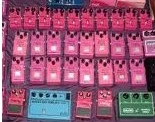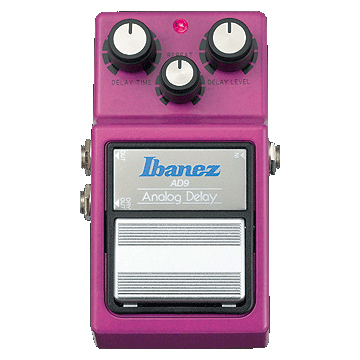The best delay pedal on the market is not an easy question to answer since there is two categories of delay: analog and digital. In my opinion, I’ve always been a fan of analog pedals, but there are those who want the added features of digital circuitry (Check out our Analog Vs. Digital Delay article). So the best approach to answering the question of what is the best delay pedal, would be to have the best of analog delays and the best of digital delays. Here’s our picks:
Best Analog Delays
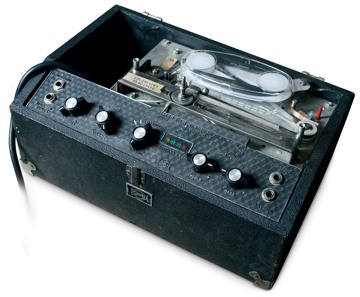 1) Tape Delays
1) Tape Delays
I’m not going to say which tape delay is best, rather that tape delays/echoes have the best sound/tone that any delay can produce. Its warm, addictive, big, 3-dimensional, and vintage sounding. Some great tape delay/echoes are the Echoplex and the Fulltone Tube Tape Echo.
2) Moog MF-104z Analog Delay
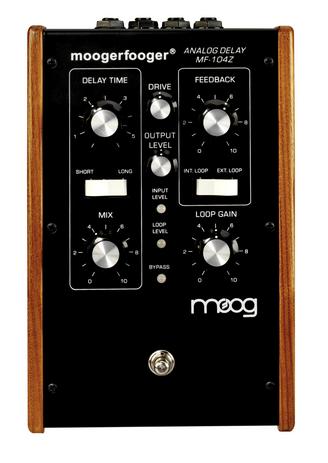 While pretty expensive (though not as expensive as a tape echo), this analog delay sounds incredibly warm. As well, this pedal features a load of customizing features not usually available on analog delays. The delay swells are very natural and the multiple outputs on the pedal coupled with the ability to use an expression pedal makes this pedal number 2 on our list. View the Moog Analog Delay on Amazon.
While pretty expensive (though not as expensive as a tape echo), this analog delay sounds incredibly warm. As well, this pedal features a load of customizing features not usually available on analog delays. The delay swells are very natural and the multiple outputs on the pedal coupled with the ability to use an expression pedal makes this pedal number 2 on our list. View the Moog Analog Delay on Amazon.
3) 80s’ Made in Japan Ibanez AD-9 Analog Delay
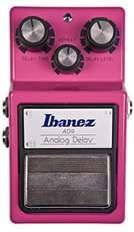 These vintage Ibanez delays come in at number 2 as they are very organic and warm sounding. I have yet to hear a better sounding analog delay than this. The reissue of this pedal that is available today is not the same as the 80s made version. They use a different chip, and don’t even sound half as good. If you want the vintage pedal new, the Keeley AD-9 is essentially the same pedal except with true bypass. Also check out the Maxon AD-9, another replica of this pedal.
These vintage Ibanez delays come in at number 2 as they are very organic and warm sounding. I have yet to hear a better sounding analog delay than this. The reissue of this pedal that is available today is not the same as the 80s made version. They use a different chip, and don’t even sound half as good. If you want the vintage pedal new, the Keeley AD-9 is essentially the same pedal except with true bypass. Also check out the Maxon AD-9, another replica of this pedal.
Other great Analog Delays to check out:
Diamond Pedals Memory Lane 2 Analog Delay
Best Digital Delays
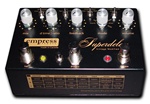 1) Empress Effects Vintage Modified Super Delay
1) Empress Effects Vintage Modified Super Delay
This digital delay does the best at emulating vintage, tube, and tape delays. Its funny that digital delays are trying to emulate analog, but not vice-verse. I wonder why that is (cough cough we love analog!). Anyway, this delay has a whole ton of great features such as tap tempo, expression pedal inputs, presets, and reverse delay! Its number one on our top digital delays list. View this pedal on Amazon.
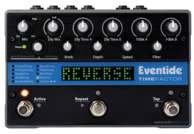 2) Eventide TimeFactor Duel Digital Delay
2) Eventide TimeFactor Duel Digital Delay
This pedal is all about options. You can make your delays mono or stereo. The delay modes include Digital Delay, Band Delay, Vintage DDL, Filter Pong, Tape Echo, MultiTap Delay, Modulated Delay, Reverse Delay, Ducked Delay, and Looper. Having the looper makes this more than a delay pedal. My favourite part of this pedal is that you can send delays to different amps. Talk about really creating an ambiance! Most versatile digital delay. View this pedal on Amazon.
3) Strymon Timeline
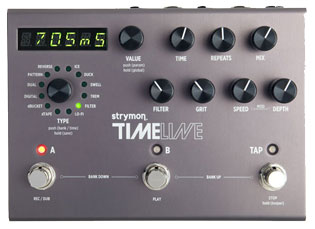
This pedal is known as the multi-dimensional inspiration machine. With 12 different delay modes, you can control the sonic character and feel of each. This pedal is a tweekers dream! The ultimate customizability with the focus being on tone. The best part is you can create up to 200 presets of your favorite settings!
Other great Digital Delays to check out: Pigtronix Phi Echolution Delay (both digital and analog), TC Electronics Flashback (inexpensive!)
Well there you have it, the best delay pedals, both analog and digital.
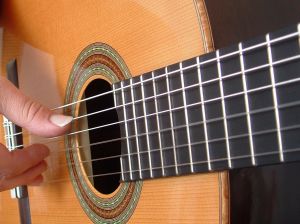

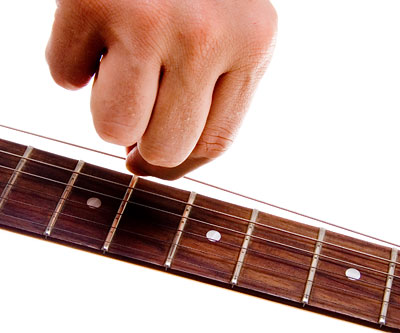
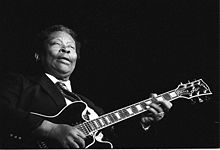

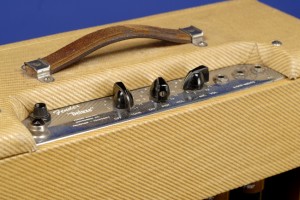
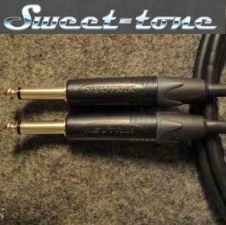
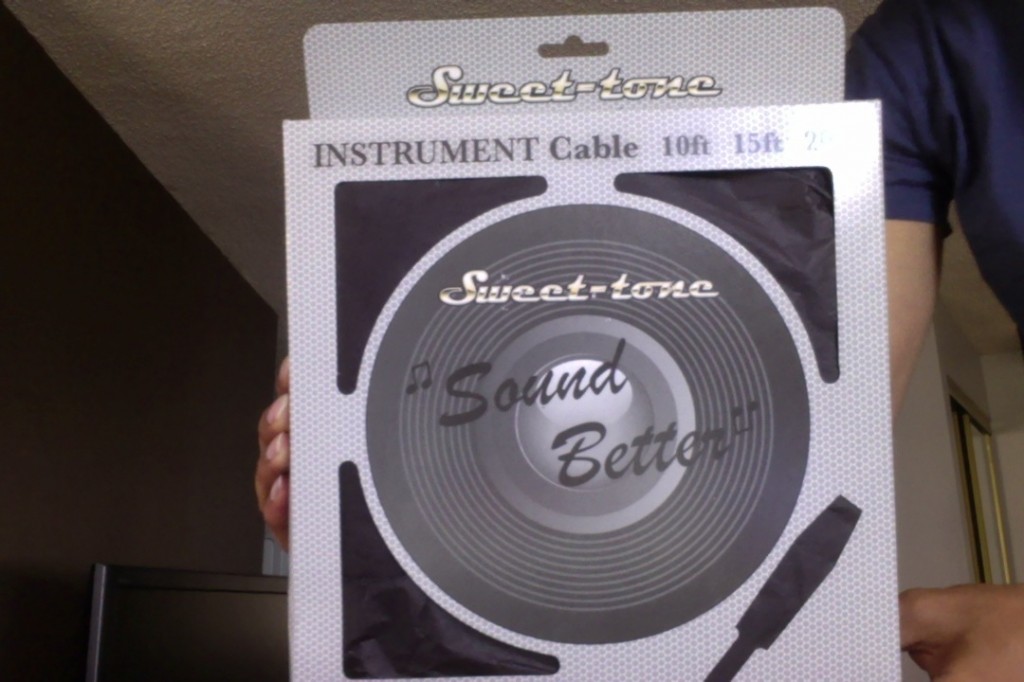

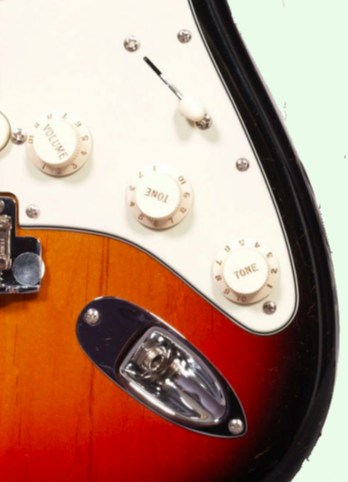
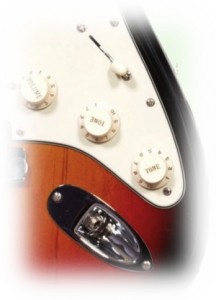 3) Guitar Volume and Tone Knob – There is so much value to the controls right on your guitar. Sounding a bit ice-picky? Slightly turn down the tone knob as you are playing. Also with great tone, your pick attack is important. It may be a quiet part of the song that requires strong pick attack, but you are holding yourself back from it being too loud. So use that guitar volume knob as you’ll get lots of tonal variations just from how you strum.
3) Guitar Volume and Tone Knob – There is so much value to the controls right on your guitar. Sounding a bit ice-picky? Slightly turn down the tone knob as you are playing. Also with great tone, your pick attack is important. It may be a quiet part of the song that requires strong pick attack, but you are holding yourself back from it being too loud. So use that guitar volume knob as you’ll get lots of tonal variations just from how you strum.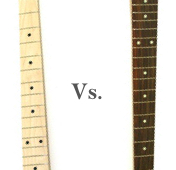
 Today’s post is a short one. I want to show you how you can make you guitar scream with really fat sounding notes in your solos. What I’m going to tell you has more to do with technique. But make sure your electric guitar is dirty sounding with a good amount of gain and sustain. You can achieve this with a overdrive, fuzz, or distortion pedal. I personally use a
Today’s post is a short one. I want to show you how you can make you guitar scream with really fat sounding notes in your solos. What I’m going to tell you has more to do with technique. But make sure your electric guitar is dirty sounding with a good amount of gain and sustain. You can achieve this with a overdrive, fuzz, or distortion pedal. I personally use a 